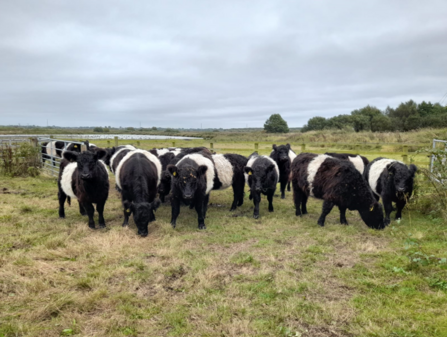At some of our reserves, especially those neighbouring farmland, we need to control it by law to avoid harm to land and livestock. We have added some of our most frequently asked questions around this below.
What is ragwort?
Ragwort is one of the UK’s most common wildflowers and can be identified by its tall stem and yellow flowers that are gathered in dense, flat-topped clusters. Common ragwort is the most widespread, but there are 19 different species in total.
Does ragwort feed caterpillars/pollinators?
Yes, ragwort is a fantastic wildflower that supports a whole host of pollinators and other invertebrates and is an important feature within the floristic composition of our nature reserves.
Why is ragwort a problem?
Although it is a major source of food for pollinators, it is classed as an ‘injurious weed’ and in too high a density it is unsafe to expose grazing animals to it. Livestock keepers can be prosecuted if animals become unwell because of ragwort.


